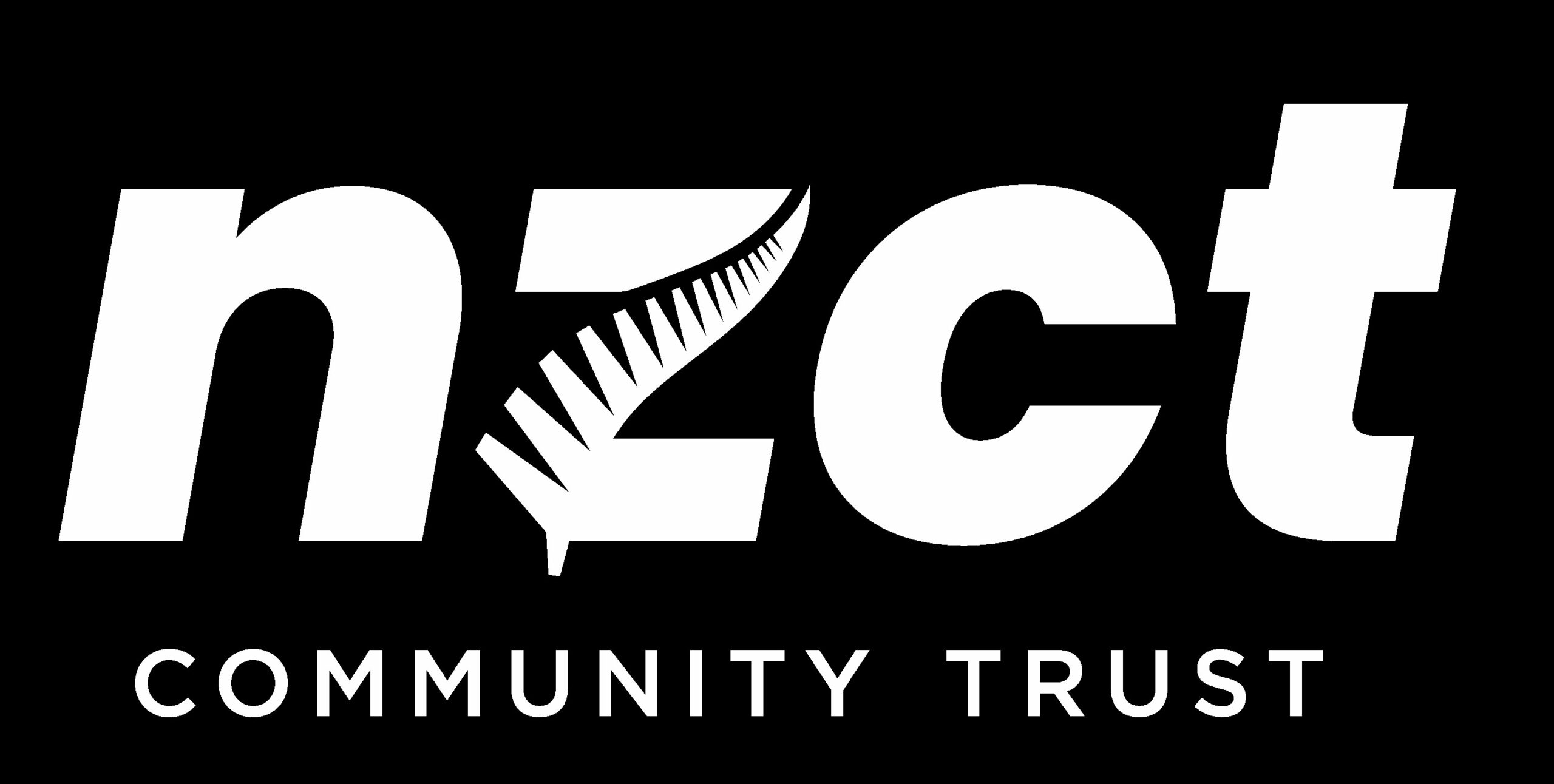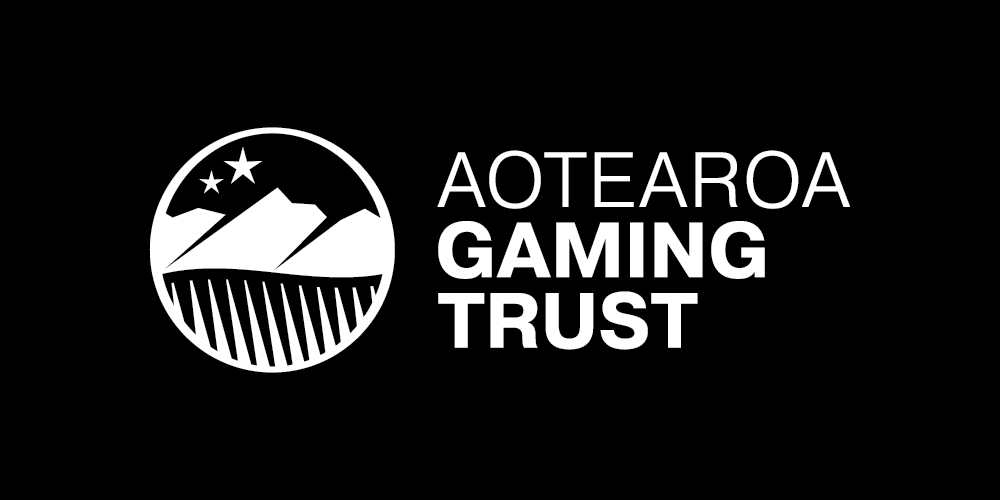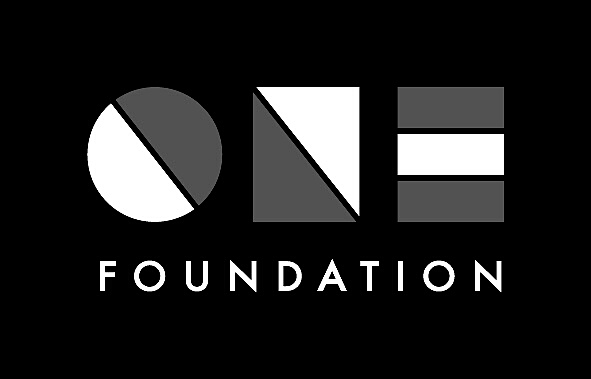Eligibility for Para sport
The Paralympic Movement offers sport opportunities for athletes with physical, visual and intellectual impairments and these can be divided into 10 eligible impairment types which must be permanent in nature. The following are the Eligible Impairments in the Paralympic Movement, together with examples of Health Conditions that may lead to those Eligible Impairments.
The presence of a permanent eligible impairment must be proven by means of medical diagnostic information that must be presented no later than at the time of athlete evaluation.
Physical Impairment
- Impaired muscle power: Reduced force generated by muscles or muscle groups, may occur in one limb or the lower half of the body. Examples include: spinal cord injury (complete or incomplete, tetra-or paraplegia), muscular dystrophy, post-polio syndrome and spina bifida.
- Impaired passive range of movement: Para athletes with impaired range of movement have a restriction or a lack of passive movement in one or more joints. Examples include: arthrogryposis and contracture resulting from chronic joint immobilization or trauma affecting a joint.
- Loss of limb or limb deficiency: Para athletes with limb deficiency have total or partial absence of bones or joints as a consequence of trauma (for example traumatic amputation), illness (for example amputation due to bone cancer) or congenital limb deficiency (for example dysmelia).
- Leg-length difference: Para athletes that have a difference in the length of their legs as a result of a disturbance of limb growth, or as a result of trauma.
- Short stature: Para athletes with short stature have a reduced length in the bones of the upper and lower limbs and/or trunk. Examples include: achondroplasia, growth hormone dysfunction, and osteogenesis imperfecta.
- Hypertonia: Para athletes with hypertonia have an increase in muscle tension and a reduced ability of a muscle to stretch caused by damage to the central nervous system. Examples include: cerebral palsy, traumatic brain injury and stroke.
- Ataxia: Para athletes with ataxia have uncoordinated movements caused by damage to the central nervous system. Examples include: cerebral palsy, traumatic brain injury, stroke and multiple sclerosis.
- Athetosis: Para athletes with athetosis have continual slow involuntary movements. Examples include cerebral palsy, traumatic brain injury and stroke.
Vision Impairment
Para athletes with impaired vision have reduced or no vision caused by damage to the eye structure, optical nerves or optical pathways, or visual cortex of the brain. Examples include: retinitis pigmentosa and diabetic retinopathy.
Intellectual Impairment
Para athletes with an intellectual Impairment have a restriction in intellectual functioning and adaptive behaviour in which affects conceptual, social and practical adaptive skills required for everyday life. This Impairment must be present before the age of 18.
Non-Eligible Impairment
Any Impairment not listed in the above is referred to as a non-eligible Impairment. Examples include:
- Pain
- Hearing impairment
- Low muscle tone
- Hypermobility of joints
- Joint instability, such as unstable shoulder joint, recurrent dislocation of a joint
- Impaired muscle endurance
- Impaired motor reflex functions
- Impaired cardiovascular function
- Impaired respiratory functions
- Impairment metabolic functions
- Tics and mannerisms, stereotypes and motor perseveration
Health conditions that will not lead to an eligible impairment
International Sport Federations may specify in their Classification Rules that certain Health Conditions do not lead to an Eligible Impairment. Any Para athlete who is only affected by such Health Condition will not be considered for Classification in relation to one or more sports governed by that International Sport Federation.
The IPC has specified certain Health Conditions that do not lead to an Eligible Impairment. Examples are:
- Health conditions that primarily cause pain, such as myofacial pain-dysfunction syndrome, fibromyalgia or complex regional pain syndrome.
- Health Conditions that primarily cause fatigue, such as chronic fatigue syndrome.
- Health Conditions that primarily cause joint hypermobility or hypotonia, such as Ehlers-Danlos syndrome
- Health Conditions which are primarily psychological or psychosomatic in nature, such as conversion disorders or post-traumatic stress disorder.







































